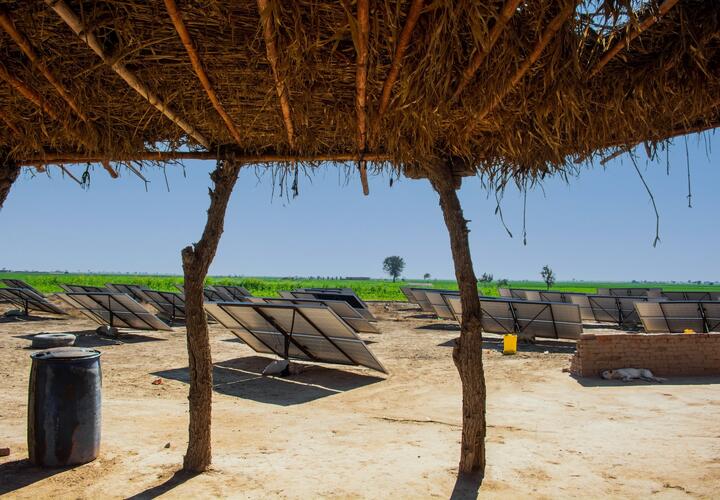Targeting Payments to Preserve Community Forests in India
Can risk predictions used to target payments to landowners increase forest conservation? The team at Inclusion Economics is embedding deforestation risk predictions into the expansion of an existing payment for ecosystem services program in India.
Climate change increases poverty and slows economic development, and protecting ecosystems in low-income countries is crucial to climate mitigation and adaptation. Payments for ecosystem services (PES)—which compensate landowners for refraining from ecologically damaging activities—are a promising tool to protect ecosystems while providing income to rural communities. Central to designing effective PES programs is ensuring that they yield “additionality,” or conservation that would not have occurred without payments. Can targeting incentives to land at higher risk of deforestation increase the effectiveness and conservation impacts of these programs?
Since 2024, researchers from the Inclusion Economics team are partnering with policymakers to embed machine-learning predictions of deforestation risk into a large-scale expansion of an existing PES program in Meghalaya, India. Researchers are generating risk estimates using satellite, administrative, and primary data to test the impacts of risk-based targeting on PES enrollment, deforestation, household welfare, and groundwater shortages. Insights will be used to create a more effective PES program in Meghalaya, and are relevant for other payment for ecosystem services programs in other low-income contexts.
Highlights
About the Project
Research Partner:
Implementation Partner:
- Meghalaya Basin Development Authority





